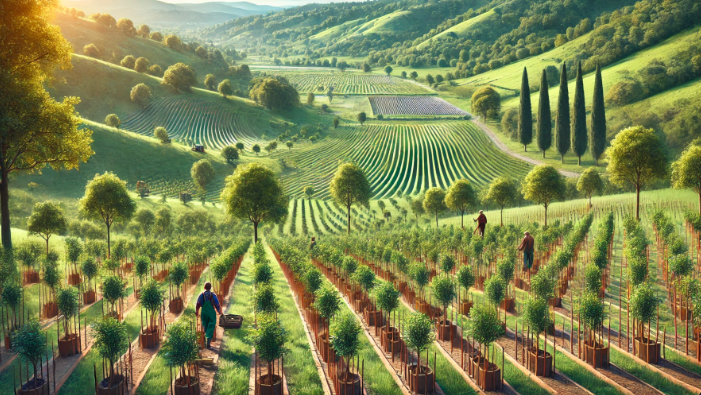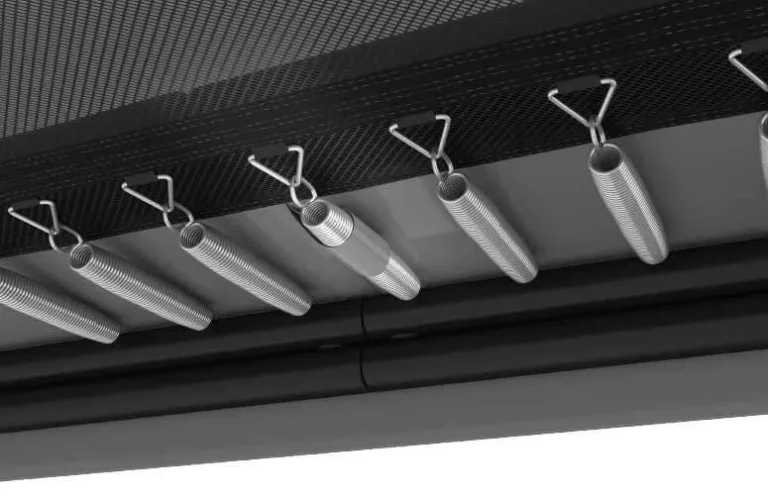
1. Introduction to Bare Root Liners
Bare root liners are young, dormant plants sold without soil around their roots. These liners are an economical and efficient option for landscapers, nurseries, and gardening enthusiasts looking to cultivate plants on a large scale.
Unlike potted plants, bare root liners are lightweight, easy to transport, and cost-effective. Laurels, a popular choice for hedging and ornamental purposes, are among the most sought-after bare root plants due to their hardy nature and aesthetic appeal. Wholesale bare root liners laurels provide a scalable solution for bulk planting projects while ensuring high-quality results.
2. Characteristics of Laurels
Laurels are versatile plants known for their dense foliage, glossy leaves, and adaptability. Here are some key varieties commonly offered as bare root liners:
2.1. Cherry Laurel (Prunus laurocerasus): This fast-growing evergreen shrub is perfect for creating privacy hedges. It thrives in a range of conditions, including partial shade and well-drained soils.
2.2. Portuguese Laurel (Prunus lusitanica): With its dark green leaves and red stems, the Portuguese laurel adds a touch of elegance to landscapes. It’s hardy and tolerates pruning well.
2.3. Mountain Laurel (Kalmia latifolia): A flowering shrub, mountain laurel is ideal for ornamental gardens, offering clusters of vibrant blooms.
Each type of laurel has unique traits, making them suitable for various landscaping needs, from privacy screens to decorative borders.
3. The Concept of Wholesale Purchasing
Wholesale bare root liners laurels are an excellent option for professionals looking to buy in bulk. When purchasing wholesale, customers benefit from discounted prices and the convenience of obtaining large quantities at once.
Wholesale options cater to nurseries, landscapers, and developers who need a reliable supply of young plants for extensive projects. The ability to customize orders based on plant size, variety, and quantity further enhances the appeal of wholesale purchasing.
4. The Process of Cultivating Bare Root Liners
The journey of bare root laurels begins with careful propagation and cultivation.
4.1. Seedling Production: Seeds or cuttings are nurtured in controlled environments to produce healthy young plants.
4.2. Bare Root Harvesting: Once mature enough, plants are dug up during their dormant season to minimize stress and maintain root integrity. Soil is carefully removed, and roots are trimmed to ensure easy handling.
4.3. Packaging and Shipping: Bare root liners are packaged to retain moisture during transit, ensuring they remain viable until planting.
This meticulous process guarantees the delivery of robust plants ready for further growth.
5. Benefits of Bare Root Laurels for Buyers
Opting for bare root laurels offers multiple advantages:
- Cost-Effectiveness: Bare root plants are more affordable than their potted counterparts, making them ideal for large-scale projects.
- Ease of Transport: Their lightweight nature reduces shipping costs and simplifies handling.
- Seasonal Availability: Bare root liners are available during the dormant season, which is the optimal time for planting.
The combination of these benefits makes wholesale bare root liners laurels a practical choice for professionals.
6. Planting and Care Instructions for Bare Root Laurels
To ensure successful growth, it’s essential to follow proper planting and care steps:
- Timing: Plant bare root laurels during late autumn or early spring when the plants are dormant.
- Preparation: Soak roots in water for 6-12 hours before planting to rehydrate them. Trim any damaged roots.
- Planting: Dig a hole wide enough to accommodate the roots without crowding. Place the plant at the correct depth, ensuring the crown is at soil level.
- Spacing: Allow adequate spacing between plants to support healthy growth and airflow.
- Watering: Keep the soil moist but not waterlogged during the establishment phase.
- Fertilization: Apply a balanced fertilizer to encourage robust growth.
Proper care ensures that laurels thrive and establish themselves quickly.
7. Common Challenges and Solutions
While bare root laurels are relatively easy to grow, some challenges may arise:
- Dormancy Issues: Some plants may take longer to break dormancy. Patience and consistent care are key.
- Root Damage: Handle roots carefully during transport and planting to prevent stress.
- Transplant Shock: Watering and mulching can help reduce transplant shock and improve survival rates.
By addressing these issues proactively, growers can achieve successful results.
8. Key Considerations for Buyers
When purchasing wholesale bare root liners laurels, keep these factors in mind:
- Supplier Reputation: Choose suppliers known for high-quality plants and reliable service.
- Plant Quality: Inspect for healthy roots and disease-free liners.
- Customization: Work with suppliers to customize orders based on specific project needs.
- Delivery Timelines: Plan ahead to align delivery with planting schedules.
Selecting the right supplier is critical for achieving optimal outcomes.
9. Environmental and Sustainability Impacts
Bare root liners are an eco-friendly choice for several reasons:
- Reduced Packaging: Minimal use of pots and soil reduces waste.
- Lower Carbon Footprint: Lightweight plants require less energy for transportation.
- Improved Soil Health: Laurels contribute to biodiversity and enhance soil quality through organic matter.
Choosing wholesale bare root liners laurels supports sustainable landscaping practices.
10. Conclusion
Wholesale bare root liners laurels are a versatile, cost-effective, and sustainable solution for landscaping projects of all sizes. By understanding their benefits, planting process, and care requirements, growers can achieve thriving landscapes with ease. Whether you’re a landscaper, nursery owner, or gardening enthusiast, bare root laurels offer unmatched value and quality for bulk planting needs. Embrace the efficiency and beauty of these plants to transform your outdoor spaces sustainably.
Related Posts
The Fascinating Story Behind “sufferin succotash rubrehose”
Comprehensive Guide to Fixing Autococker CP HPR Leak Relief Hole Issues
Exploring Primitive Collab Wheels: Unique Designs & Skating Performance
Discover the Alluring Charm of Jean Paul Gaultier Scandal Absolu 5ml






